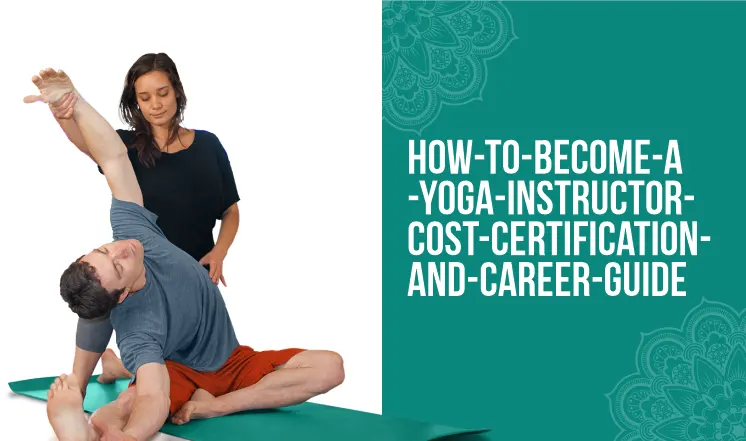1. Grasp the Basics of Yoga:
Have a good understanding of the fundamentals of yoga, particularly the various poses (asanas). This forms the essential groundwork.
2. Demonstrate Leadership and Communication Skills:
It’s not just about knowing the poses; effective leadership and communication skills are crucial. Clear communication plays a vital role in guiding others through their yoga practice.
Plan and Teach Tailored Yoga Classes: Devote time to planning and conducting yoga classes that align with the proficiency levels and abilities of the students.
Establish a Safe and Supportive Environment: Create an atmosphere where students feel secure and supported in their yoga practice. This includes providing a space conducive to learning and growth.
Stay Updated on Yoga Trends and Practices: Actively seek ongoing education in the ever-evolving landscape of yoga. This involves staying informed about new techniques, practices, and emerging knowledge within the yoga community.
Foster Community and Build Student Relationships: Develop connections with students, fostering a sense of community within the studio. Building relationships enhances the overall yoga experience and creates a welcoming environment.
Studio Promotion and Student Outreach: Engage in promoting the studio to attract new students. This may involve marketing efforts, community outreach, and creating a positive reputation for the studio.
Being a yoga instructor is a holistic role that involves not only teaching the physical aspects of yoga but also nurturing a supportive community and staying attuned to the dynamic landscape of yoga practices.
Here’s a stepwise approach to achieving certification:
Step 1: Develop Your Yoga Practice
Strengthen your yoga skills and improve physical fitness before entering a training program. Explore different yoga styles to understand your preferences.
Step 2: Select the Right Training Program
Choose programs aligning with your beliefs and preferred style. Whether opting for authentic experiences in India or online training, ensure accreditation by respected organizations like the Yoga Alliance USA.
Step 3: Enroll and Complete a Yoga Teacher Training Program
Enroll in a chosen program and successfully complete the training, which can last from weeks to months. For international teaching, consider registering with a recognized association and obtaining insurance.
Step 4: Continue Your Education
Continuous education is vital for certification maintenance. Organizations often require additional training in 50- and 100-hour modules, allowing exploration of different yoga styles and practices
Integration into Daily Life: In our busy lives, Bhakti Yoga offers a practical approach. Devotees seamlessly include devotional practices in their routines, finding moments of connection amid their hectic schedules.
Facing Challenges: Bhakti Yoga serves as a refuge from the stresses of modern life, providing solace and strength to navigate challenges.
If you just finished your yoga training, there are lots of things you can do:
1. Teach at a Yoga Studio:
- • You can have regular classes at a yoga studio, which is a steady job.
2. Work at a Gym or Spa:
- • Some gyms or spas hire yoga teachers for wellness services.
3. Yoga for Companies:
- • Businesses like to keep their employees healthy, so they might want you to do yoga sessions for them.
4. Online Stuff:
- • The internet is a big playground! You can teach online classes, make cool yoga content on social media, or even start your own YouTube channel.
5. Private Sessions:
- • You could do personal sessions, just you and one other person.
6. Yoga Retreats:
- • If you’re experienced, you might get to lead yoga retreats, which can be a cool and money-making gig.
Nowadays, the internet lets you teach yoga to people all over the world. Whether you’re making online videos or doing virtual classes, there are lots of ways for yoga teachers to shine online.


